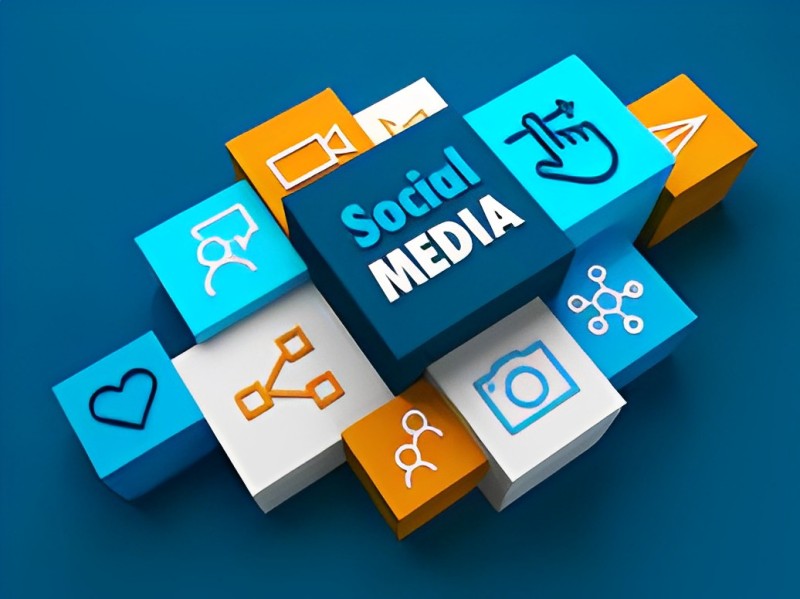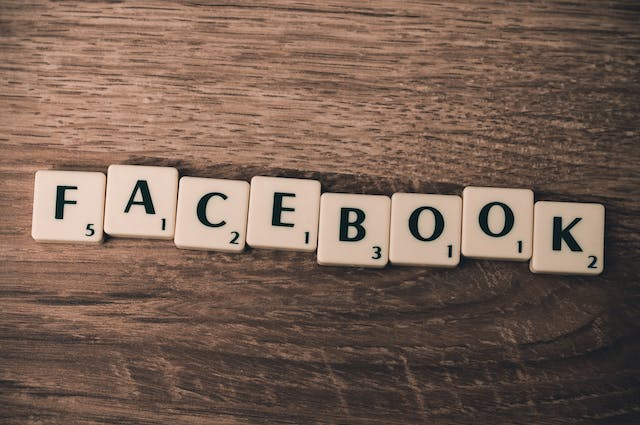“Adapt or perish, now as ever, is nature’s inexorable imperative.” – H.G. Wells
This quote rings true now more than ever, as we enter a new era of rapid technological change. Businesses must keep pace with innovation or risk falling behind the competition. As we move into 2023, several key digital transformation trends are emerging that companies should have on their radar.
Implementing these advanced technologies will allow organizations to work smarter, faster, and more efficiently. Those who embrace digital transformation will be poised for success in the years ahead.
Artificial Intelligence and Machine Learning
From the top digital transformation trends, AI and ML are the topmost in the current era. These technologies allow systems to automatically learn, improve, and optimize operations without explicit programming.
AI is already driving automation across many industries. Chatbots with natural language processing can interact with customers. ML algorithms can analyze data to detect fraud or cyber threats. Enterprise AI applications can perform tasks like processing invoices, onboarding employees, or translating documents. According to IDC, global spending on AI is forecasted to increase by 20% in 2023, showing the tremendous growth in this sector.
The benefits of AI and ML include increased productivity, reduced costs, improved accuracy, and faster innovation cycles. As these systems continue to evolve, they will become even more integrated into business workflows. Companies that leverage AI and ML will have a distinct competitive advantage.
Cloud Computing
Cloud computing refers to the on-demand delivery of IT resources like compute power, storage, and applications over the internet. The past decade has seen a major shift away from on-premise infrastructure towards cloud-based services. This has allowed companies to become more agile and innovative.
In 2023, the momentum behind cloud adoption will continue. More enterprises are embracing multi-cloud strategies, combining services from AWS, Azure, and Google Cloud. Serverless computing enables apps and services to run without managing any servers. Edge computing will also gain traction by processing data closer to the source.
Cloud enables businesses to scale rapidly while driving cost efficiencies. According to Gartner, the worldwide public cloud services market is expected to grow by over 15% in 2023. Cloud will underpin many other digital transformation initiatives.
Big Data and Analytics
We’re generating more data than ever before, and it’s becoming a vital business asset. Big data and analytics will allow companies to derive game-changing insights from massive, diverse data sets. This can drive precision marketing, fraud detection, predictive maintenance, and other data-driven strategies.
Analytics applications powered by AI and ML will uncover patterns and correlations in complex data. Visualization tools like Power BI and Tableau make it easier for decision makers to interpret analytics. Tech like Apache Spark enables real-time processing of streaming data. Database technologies are evolving to handle unstructured data from IoT devices, social media, and other sources.
In 2023, expect more investments in big data infrastructure, talent, and governance as companies build their data-driven competitive edge. Those mastering big data and analytics will steal a march on rivals.
Internet of Things
The Internet of Things (IoT) is the network of physical objects embedded with sensors, software and connectivity that enable them to send and receive data. IoT allows assets in homes, factories, utilities and more to be monitored and controlled remotely.
According to IDC, there will be 55.7 billion connected IoT devices worldwide by 2025, up from 35.2 billion in 2021. IoT enables exciting new business models and efficiencies. Smart homes with connected appliances, lighting and security improve convenience. Connected vehicles exchange telemetry for analytics. Retailers use IoT sensor data to optimize operations.
In 2023, 5G networks will accelerate IoT growth by allowing faster data transmission with lower latency. IoT security also remains a concern, so robust cyber protections are a must. Overall, IoT will become more deeply integrated across industries in the coming year.
Cybersecurity
As organizations digitize processes and data, cybersecurity is more important than ever. Cyberattacks pose tremendous financial and reputational risks. High-profile data breaches erode consumer trust. Regulations like GDPR impose heavy fines for non-compliance.
Security strategies must evolve to counter emerging threats from ransomware, phishing, DDoS attacks and more. AI and ML will help analyze threats and enable rapid response. Zero trust frameworks will restrict access to authorized users only. Adopting practices like DevSecOps will embed security earlier in development cycles.
In 2023, cybersecurity spending is projected to exceed $150 billion as companies work to avoid breaches. Robust cybersecurity policies and solutions will be a prerequisite for digital success.
Augmented Reality and Virtual Reality
Extended reality (XR) refers to immersive technologies like augmented reality (AR) and virtual reality (VR) that blend the digital and physical worlds. XR has moved past the novelty phase and is finding practical business uses.
For example, manufacturing companies can use AR goggles to display step-by-step equipment assembly instructions. Healthcare providers can view 3D digital twins of patients before surgery. Retailers utilize VR to let online shoppers visualize products in a simulated space. As devices like smartglasses become more mainstream, these use cases will expand.
IDC predicts worldwide spending on AR/VR to grow by $15 billion in 2023. Key drivers include simulations, training, industrial maintenance, and virtual collaboration. XR promises to unlock new possibilities across sectors.
Blockchain
Blockchain provides decentralized, distributed ledgers to record transactions transparently and securely. This emerging technology has applications across financial services, healthcare, supply chains and more. Transactions are validated through a consensus mechanism across the blockchain network.
According to Gartner, blockchain business value will exceed $176 billion by 2026. As companies realize these benefits, investments and pilot projects will rise. Contracts, payments, and digital asset transactions will shift to blockchain-based platforms. Decentralized autonomous organizations (DAOs) may also drive disruption.
However, barriers like scalability, interoperability, regulation and cost remain. In 2023, enterprises will work through these challenges to tap into blockchain’s potential. The technology will reach an inflection point on the road to mass adoption.
5G Connectivity
The new 5G networks offer significantly faster speeds, lower latency and greater bandwidth compared to 4G or LTE. As 5G coverage expands globally, it will bring transformative connectivity to homes, businesses, and critical infrastructure.
Lightning-fast 5G enables cutting-edge capabilities for robots, smart factories, autonomous vehicles, drones, and other technologies. It allows large amounts of data to be transmitted in real-time for mission-critical services. 5G also complements next-gen innovations like edge computing.
According to Ericsson, 5G connections will number 1 billion globally in 2023, up from about 520 million in 2021. Companies are still exploring 5G’s full potential, but it will clearly be a competitive differentiator going forward across many industries.
Digital Twins
A digital twin is a virtual representation of a physical object, process or system that simulates its real-world counterpart. Digital twins leverage IoT sensors and other data to create living models that can be analyzed to optimize performance.
For example, an airline can use a digital twin of an aircraft engine to monitor efficiency and predict maintenance needs. A smart city can build a digital twin to simulate traffic patterns. Engineers can test virtual prototypes before building physical products.
According to Gartner, 60% of industrial companies will implement digital twins by 2026. As simulations and virtual modeling grow more sophisticated, expect broader adoption across finance, healthcare, retail and other sectors.
Robotics and Automation
Modern organizations are augmenting human efforts with intelligent automation systems like robots, drones, autonomous vehicles/equipment and AI-driven software. These technologies boost efficiency, productivity, accuracy and safety beyond human capabilities.
Sales of industrial robots will increase by 20% in 2023, reports the International Federation of Robotics. Companies are also adopting collaborative robots (“cobots”) to work alongside humans seamlessly and safely. Robotic process automation (RPA) handles repetitive digital tasks to free up employees. Drones inspect facilities or deliver packages and medicines.
As robotics and automation continue advancing in 2023, companies must re-evaluate processes and re-skill workers. Those that skillfully integrate human and machine capabilities will outperform the competition.
Conclusion
The pace of technology innovation is accelerating, presenting both opportunities and disruptive risks. Companies that strategically adopt the right digital transformation services and trends will drive growth and unlock value. But they must holistically assess how emerging tech integrates with existing operations, culture and objectives.
With sound digital strategies, companies can delight customers, empower employees, optimize processes, and build competitive resilience. However, digital investments must be focused on solving real business challenges. Failing to link digital transformation to tangible business results will lead to wasted resources and dead-end projects.
The digital trends highlighted all have immense potential to shape business and society over the next year and beyond. The future will belong to organizations fully embracing this digital evolution to progress their mission and bottom line. As Darwin famously stated, “It is not the strongest of the species that survive, nor the most intelligent, but the ones most responsive to change.”



